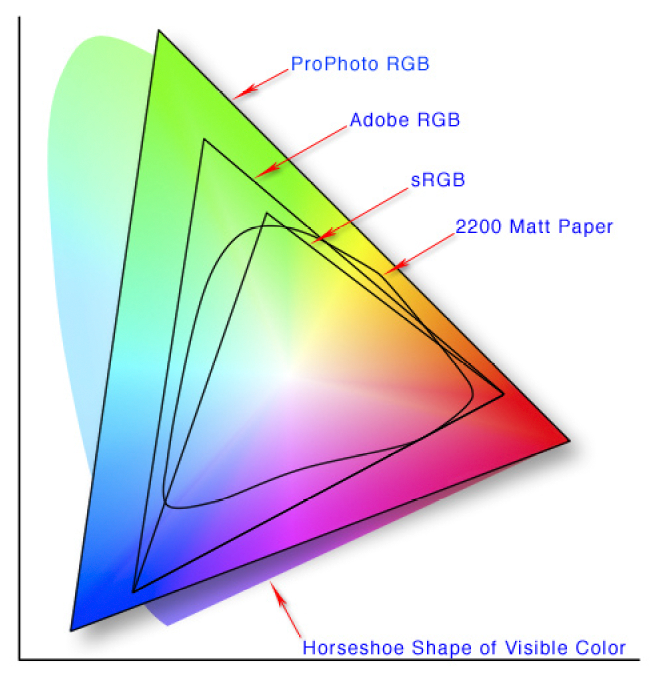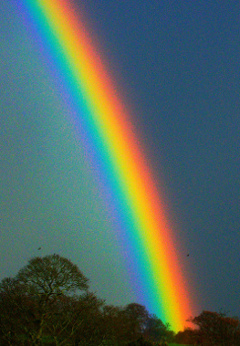Something I have been continually remining myself of is, that colour quickly loses it brilliance (vibrance) as the light increases in digital images, put another way colours stay richer in the shadows. I’m not sure I have the full technical explanation of what is driving this observation yet, However today I had the opportunity to put my observation into practise.
It was very grey and overcast and a number of Rainbow Lorikeets were enjoying a good feed on the silky oak in my backyard, However they where on the dark side in the shadows and silhouetted against a grey but still bright sky. A recipe of black birds hidden in black foliage against a white sky. So I set my camera to just focus and take the exposure from a central spot and zoomed in on the birds. Immediately the sky was blow out but because my little Olympus is a mirrorless camera I could see the immediate results into my view finder and the beautiful colours of the Lorikeets was showing, Great, but these little parrots jump around a lot so I had to up the speed (and significantly up the ISO) to get them sharp and colourful. I even started to adjust the EV to +1 in this case. Being able to see what was going to happen when I pressed the shutter was amazing. Basically I was shooting to the right, shifting the shadows up into midtones albeit overexposing the sky (which doesn’t really matter pictorially in this shot).This is the Jpeg straight out of the camera (no lengthy post processing required (other than cropping and scxreen capture of the histogram).
 This is usually called luminance. In a digital camera there are a multiplicity of small compartments each collecting its own luminance value.
This is usually called luminance. In a digital camera there are a multiplicity of small compartments each collecting its own luminance value. The best way to consider what is happening is to use the CIE chromaticity diagram, Unfortunately I have not been able to locate and camera manufacturers publishing their colour gamut, they seem to prefer to say they have better “colour science”. They all seem to offer a close fit to sRGB colour space and some offer the extra colour space and bit depth of Adobe RGB &/or ProPhoto RGB
The best way to consider what is happening is to use the CIE chromaticity diagram, Unfortunately I have not been able to locate and camera manufacturers publishing their colour gamut, they seem to prefer to say they have better “colour science”. They all seem to offer a close fit to sRGB colour space and some offer the extra colour space and bit depth of Adobe RGB &/or ProPhoto RGB